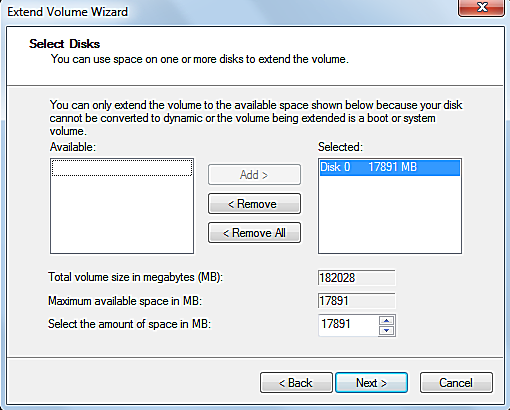


The graphical method via disk management is much easier and user friendly. Try and boot your USB installer to the prime installation screen and run Disk Utility to try and repair the disk. Could be corrupt files or SSD flash defect. Where X is the drive letter you wish to assign your drive, and volumename is the name of the volume labeled "no mount point" (be sure to include the name enclosed in "\\?\Volume\" ). There are errors on the disk/partition and macOS cannot boot as a result. Look under "Possible values for VolumeName along with current mount point" and you should see your unmounted volume labeled "no mount point"

Input mountvol /? and it will list information required for the correct syntax. There is another but i don’t remember rn. Open up the command line by typing "cmd" in the Run prompt. Forced unmount of disk0 failed: at least one volume couldn’t be unmounted Unmount was dissented by PID 0 ( kerneltask). Or, you can do it in the command line if you really want to. Then right-click it and select "Change drive letter and paths." and give it a letter to be accessed through. Go into Disk Management: Right click My Computer > Manage > "Disk Management" along the right pane, or just type diskmgmt.msc in the Run prompt.įind your drive that you need to mount (I'll assume you can identify which one due to the size and conspicuousness).


 0 kommentar(er)
0 kommentar(er)
